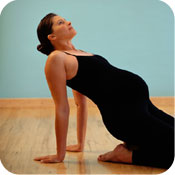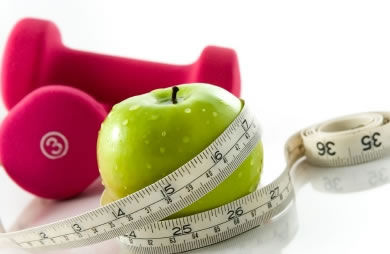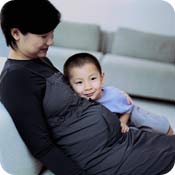 The Benefits of Stretching
The Benefits of Stretching As you age, your muscles tighten and range of motion in the joints can be minimized. This can put a damper on active lifestyles and even hinder day-to-day, normal motions. Tasks that used to be simple, such as zipping up a dress or reaching for a can off the top shelf can become difficult. A regular stretching program can help lengthen your muscles and make daily living activities easier. Once you become pregnant, tremendous changes happen to your body to allow for the growth and birth of your child. This becomes possible through postural changes that are made easier by increased hormones that allow your ligaments to loosen and stretch. As your body's posture changes, some muscles will tighten and others will loosen. This causes a great need for flexibility exercises for the tightening muscles, which can help to prevent aches and pains caused by these changes. Everyone can learn to stretch, regardless of age or natural flexibility. Stretching should be a part of your daily routine, whether you exercise or not. There are simple stretches you can do while watching TV, on the computer, or getting ready for bed. If you are doing strength training exercises, stretch in between sets. It does not have to involve a huge time commitment, but stretching can end up giving you huge results! Here are just a few of the benefits you can expect from a regular stretching program:
According to researchers at the University of North Carolina at Chapel Hill, walking and stretching both reduce the risk of pre-eclampsia, a pregancy condition that results in dangerously high blood pressure. Stretching comes naturally to all of us. You might notice that if you have been sitting in a particular position for a long time, you stretch unconsciously. It feels good! In addition to that good feeling, a consistent stretching program will produce large gains in flexibility and joint movement. Be kind to your muscles and they will be kind to you! Safety Tips Stretching can be highly beneficial if done properly. If done improperly, it can cause serious damage. Here are some helpful tips to ensure you are stretching safely and preventing injury:
Find our stretching demos here. |
How to Stretch Properly
Stretching Can Bring Huge Benefits
Page 1 of 1





Member Comments